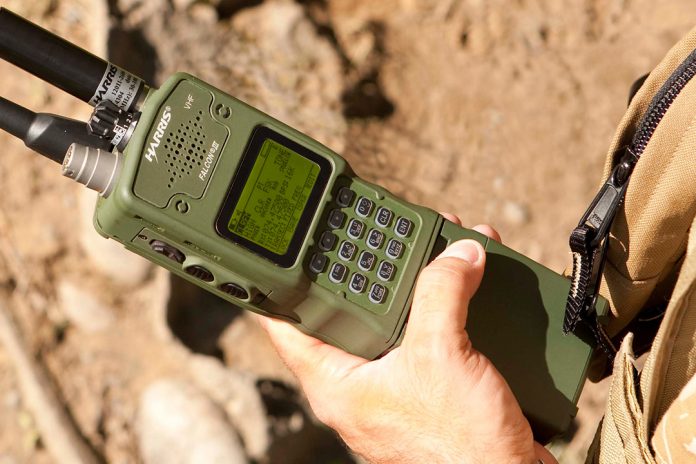
Artificial Intelligence is helping to assist the collection and analysis of SIGINT on and off the battlefield in an increasingly crowded electromagnetic spectrum.
The term Artificial Intelligence, AI for short, gets thrown around with merry abandon. Scarcely a day goes by sans blood-curdling warnings on how AI risks making humans superfluous or conversely how we should welcome the benefits it may bring. Polemics aside AI is changing the way that humans process data, and in the Signals Intelligence (SIGINT) domain it could be exactly the right technology at exactly the right moment. This topic was under lively discussion at this year’s Embedded Tech Trends conference held in late January in Atlanta, Georgia, and organised by the VITA open systems architecture advocacy organisation. To understand AI’s applicability to SIGINT we need to understand AI. The Oxford English Dictionary defines artificial intelligence as “the theory and development of computer systems able to perform tasks normally requiring human intelligence.” James Kilgallen, president and founder of COMINT Consulting, says that the central tenet of AI is to “lighten human workload and improve task accuracy.”
Spectrum Growth
Lightening the load and improving task accuracy are two vital contributions AI could make to SIGINT. The sheer weight of SIGINT data is increasing exponentially. This has been witnessed in the Asia-Pacific region since the start of this century and shows no signs of abating. The electromagnetic spectrum is increasingly inundated by the cellular and wireless networks needed to keep people and businesses connected. Speaking during the Association of Old Crows’ 2019 Electronic Warfare Asia conference and exhibition in Singapore Dr. Hubert Piontek, Hensoldt’s head of sales for spectrum dominance and airborne systems, warned delegates that regional demands for commercial and consumer connectivity could see requirements for at least 19 gigahertz/GHz worth of bandwidth to satisfy these in the short term, with the risk that these demands could rise to 70GHz of bandwidth.
Military use of the electromagnetic spectrum will grow in the Asia-Pacific hand-in-hand with the uptake expected in the civilian sphere: The demand for armoured vehicles in the region could see over 13,500 platforms being acquired between 2020 and 2030 according to publicly available figures. Likewise the regional demand for new naval vessels could see a total of 251 warships being acquired over the same timeframe with a similarly strong demand for over 280 new combat aircraft. All of these platforms will need radios, and the warships and combat aircraft will need radars. Radars and radios emit with their transmissions forming the Electronic and Communications Intelligence (ELINT/COMINT) which is grist to the mill for SIGINT practitioners.
SIGINT
Collecting ELINT and COMINT allows SIGINT experts to identify and localise hostile and friendly platforms, troops and military installations using their RF (Radio Frequency) transmissions. Like a tabloid journalist ferreting through the detritus of a B-list celebrity’s trash can, radar and radio emissions yield a trove of information. Ships or aircraft can be identified based upon their radar emissions with the characteristics of these transmissions used to identify the type of radar and hence the platform it may equip. Analysing the radar transmissions will also identify the mode the radar is using: Is it performing a general search of its environment, or is it illuminating a specific target, the latter of which could be construed as a belligerent act? ELINT will also reveal the location of the platform providing information on whether a ship or aircraft is heading towards national airspace, something that could also be construed as a hostile act.
Analysing COMINT pays similar dividends. On the battlefield, collecting COMINT on opposing forces can reveal their location. It maybe possible to break the encryption used by hostile communications to collect valuable intelligence. Conversely, a sudden upsurge in communications may reveal that the enemy is repositioning to attack. It is thus clear that collecting COMINT and ELINT becomes paramount to understanding an enemy’s intentions. The problem for SIGINT professionals not only in the Asia-Pacific, but globally, is that they will have to collect signals of interest in an increasingly deluged spectrum which risks drowning out the military emitters from their civilian counterparts.
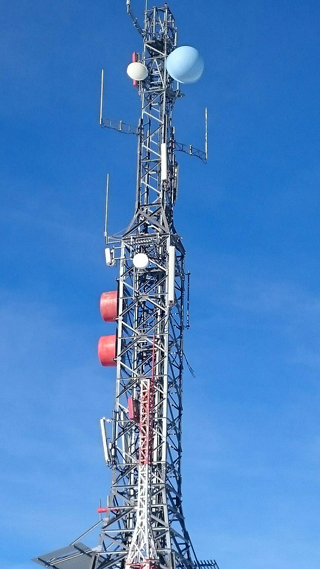
This is further complicated by two additional factors, namely the advent of so-called fifth-generation (5G) wireless communications, and the efforts of military radar and tactical radio engineers to ensure that the transmissions of their products become ever more difficult to detect. 5G is a series of wireless communications protocols being implemented globally. These protocols will greatly increase the amount of data carried by wireless networks. As a comparison an existing fourth-generation smartphone can handle between 15 megabits-per-second (mbps) and 45mbps of data. This could increase to between 150mbps and 200mbps for 5G systems. To allow such wideband communications 5G will need to migrate to wavebands not traditionally associated with wireless communications. This risks encroaching on frequencies traditionally used by the military. An array of wavebands is mooted for 5G including 2.4GHz to 4.2GHz, although frequencies of 24GHz upwards have been proposed. The 2.4GHz to 4.2GHz waveband captures frequencies routinely used by some S-band (2.3GHz to 2.5GHz/2.7GHz to 3.7GHz) naval surveillance and ground-based air surveillance radars. While 5G communications will not necessarily encroach upon S-band in all cases, it could flood the ether with more signals which have to be analysed and eliminated as irrelevant by SIGINT operatives. Using wavebands of 24GHz and above could place some 5G protocols squarely in K-band (24.05GHz to 24.25GHz) which is routinely used for fire control radars, and missile guidance radars on account of the high precision provided by its very short wavelengths.
Radar Design
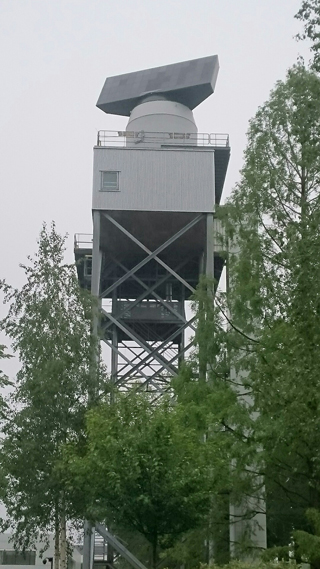
Meanwhile, radar designers continue to take steps to lessen the chances of signal detection by reducing the transmission power of their equipment as much as possible. This helps ensure that the radar’s transmissions still hit targets but will be difficult to detect against the background electromagnetic noise. This can be explained with the following analogy: Imagine a person blindfolded standing at the back of a concert hall. In front of them jazz chanteuse and queen of dinner party background music Norah Jones takes to the stage. She begins performing her soft ballad Don’t Know Why. The person in the concert hall can clearly hear, but not see, Ms. Jones. A few minutes later, heavy metal legends Motorhead, acknowledged to have been one of the loudest bands in the world and unsuitable for dinner parties, also take to the stage and begin playing their rock anthem Love Me Like a Reptile at full volume. The listener can no longer hear Ms. Jones as her song is now being drowned out by the band. The sound of Ms. Jones’ performance is still there as the strings on her guitar are being plucked causing them to vibrate, disturb the air and produce sound. Yet the sound being produced by Motorhead is more powerful and crowds out the former. In SIGINT, the morass of signals in the ether can be thought of as Motorhead, with the signal of interest produced by the radar being Norah Jones. The task of the SIGINT professional is to detect and isolate the weak radar signal from the prevailing electromagnetic noise.
Frequency hopping is another tool used to mask radar and radio signals. Transmissions skip in a pseudo-random sequence across a particular waveband thousands of times a second to prevent SIGINT collectors from detecting a stream of transmissions which can then be used to identify and locate a specific emitter. Like a newspaper article torn into a thousand pieces, the vexing task is to gather all of the tiny bits of paper, and reassemble the words into a coherent order to reconstruct the article: “AI can interpret these RF signal changes much more speedily augmenting the abilities of human operators,” says Nigel Forrester, director of business development at Concurrent Technologies. It is sifting through this deluge of electromagnetic noise where AI could pay dividends. As a written statement supplied to AMR by CRFS notes: “The collection phase is the most straightforward operation that can be automated … by automating the signals collection process, the SIGINT operator spends less time looking for signals and more time acting against them.” Dr. Karen Haigh, Mercury System’ chief fellow technologist says that “AI can provide the initial recognition up front for the SIGINT operator, it can help identify a signal at speeds which are beyond humans.”
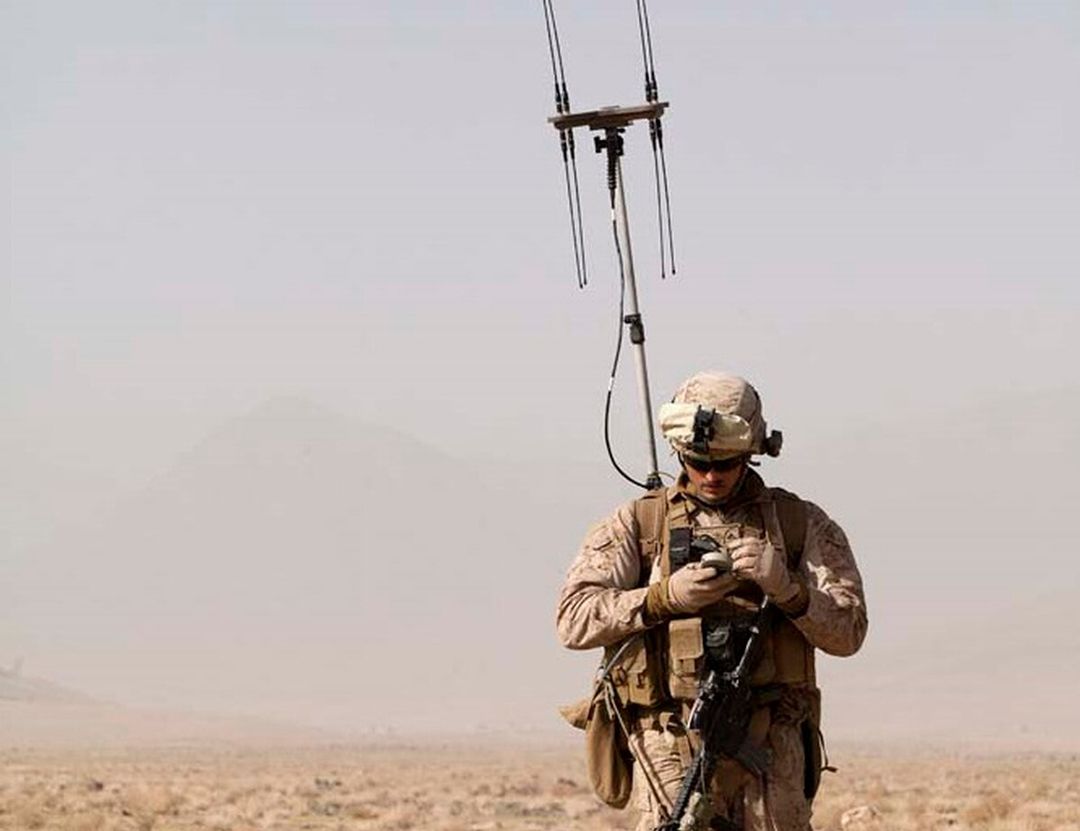
Progressive Learning
AI-based SIGINT systems may be able to ‘learn’ the prevailing electromagnetic environment by observing it over a prolonged period: An Electronic Support Measures (ESMs) fitted to a maritime patrol aircraft which flies across the same coastline at roughly the same time each week will be able to develop a picture of the usual day-to-day electromagnetic activity in that part of the world. It will note the usual marine radio and coastal cellphone traffic, along with the usual emissions from civilian marine navigation radars on ferries, fishing boats and cargo vessels. The destroyer which one day sails through international waters close to this coastline will suddenly stick out like the proverbial sore thumb as its radar and radio emissions will be distinct from the prevailing electromagnetic pattern of life. AI algorithms embedded in ESMs could be used to learn the environment, filter out extraneous clutter and isolate the signal of interest all with little or no intervention from the operative. Using “AI in processes that lend themselves to automation and more environmental self-awareness offer the highest rewards with the least risk while AI as a tool for SIGINT matures,” argues Kilgallen.
AI is already employed in some electronic warfare applications. Kilgallen says that his company uses “AI techniques for the precision classification and identification of transmitting equipment” in their COMINT systems: “These feed a more detailed intelligence or situational picture, which in turn leads to more accurate threat assessment.” Yet there are risks: “AI-based inference does not generate 100 percent perfect results” warns Forrester, “accuracy depends on the quality of the original data” used to train the AI element of the SIGINT system. Starting off with biased data and a lack of data diversity if all data is drawn from a single source can mean “that your results become warped,” Dr. Haigh advises. The data that the AI will learn from needs to be “diverse enough to cover all of the conditions you might be experiencing.” A trade-off may also be necessary between the desired accuracy and the desired speed of the AI-enabled SIGINT processing. As CRFS cautions: “Humans are equally capable of producing bad intelligence just as much as machines, but because the process can be automated and executed rapidly, the rate at which these errors are produced increases.”
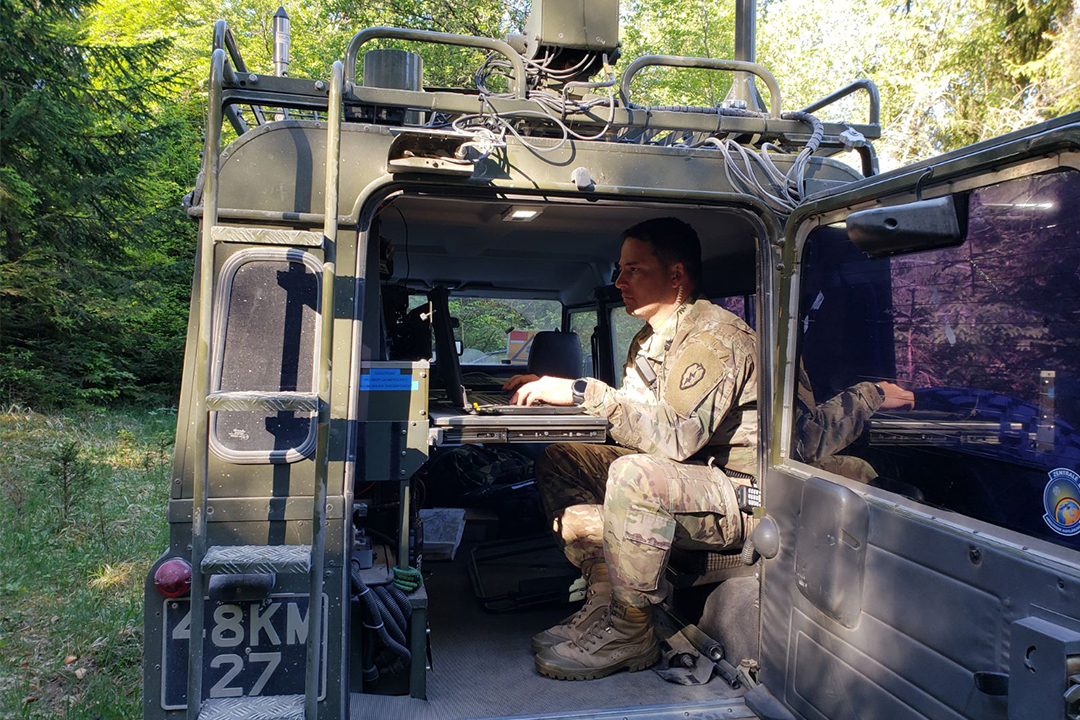
Taking the human completely out of the SIGINT collection and analysis loop is not an option, even with the advances AI promises: “As with all AI that is completely autonomous, errors and blind dependency without human judgement where warranted can be especially dangerous,” Kilgallen warns. This is important as some members of the electronic warfare community argue that the distinct skills set hallmarking SIGINT collection and analysis professionals and electronic attack experts will increasingly merge and “in the very near future will very likely be vested in one person,” he continues. The trend to merge these disciplines risks leading to an escalation in workload for the single individual tasked with collecting SIGINT and performing electronic attack. Concerns about data accuracy aside, AI offers potential benefits as “computer-based inference isn’t susceptible to tiredness or other human traits,” remarks Forrester. As CRFS’ statement notes AI “can lighten cognitive loads in operators by tackling repetitive tasks, searching through large datasets, and drawing complex relationships between seemingly disparate data that a human operator would never be able to see.”
While AI is assuming growing importance in SIGINT it is still very much at the start of this journey. Given that AI is only as good as the data it receives this presents challenges given the speed with which communications technology, particularly in the civilian wireless domain, evolves. Forrester says that this presents challenges as “to infer the signal classification of a 5G transmitter, the (SIGINT system) must have already been trained using data from existing 5G networks.” Given that 5G is only at the start of its global rollout, as matters stand at present AI-enabled SIGINT systems risk having a paucity of 5G data to work with for the time being. Furthermore AI is moving into opposing domains which could exploit this technology to better hide signals of interest: “AI will also be used by radar and radio engineers which could make for some interesting interactions,” observes Dr. Haigh. We may well be on the dawn of a minor revolution regarding the widespread and routine adoption of AI in SIGINT, but as discussed above, there are challenges ahead: “We expect it will take at least another three and possibly up to five years before AI is common in the majority of SIGINT deployments,” Forrester concludes.












